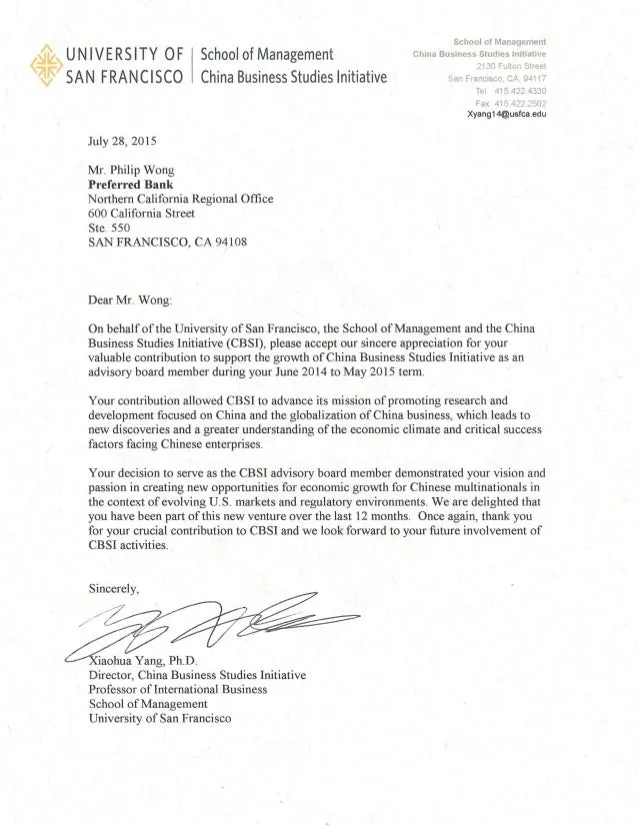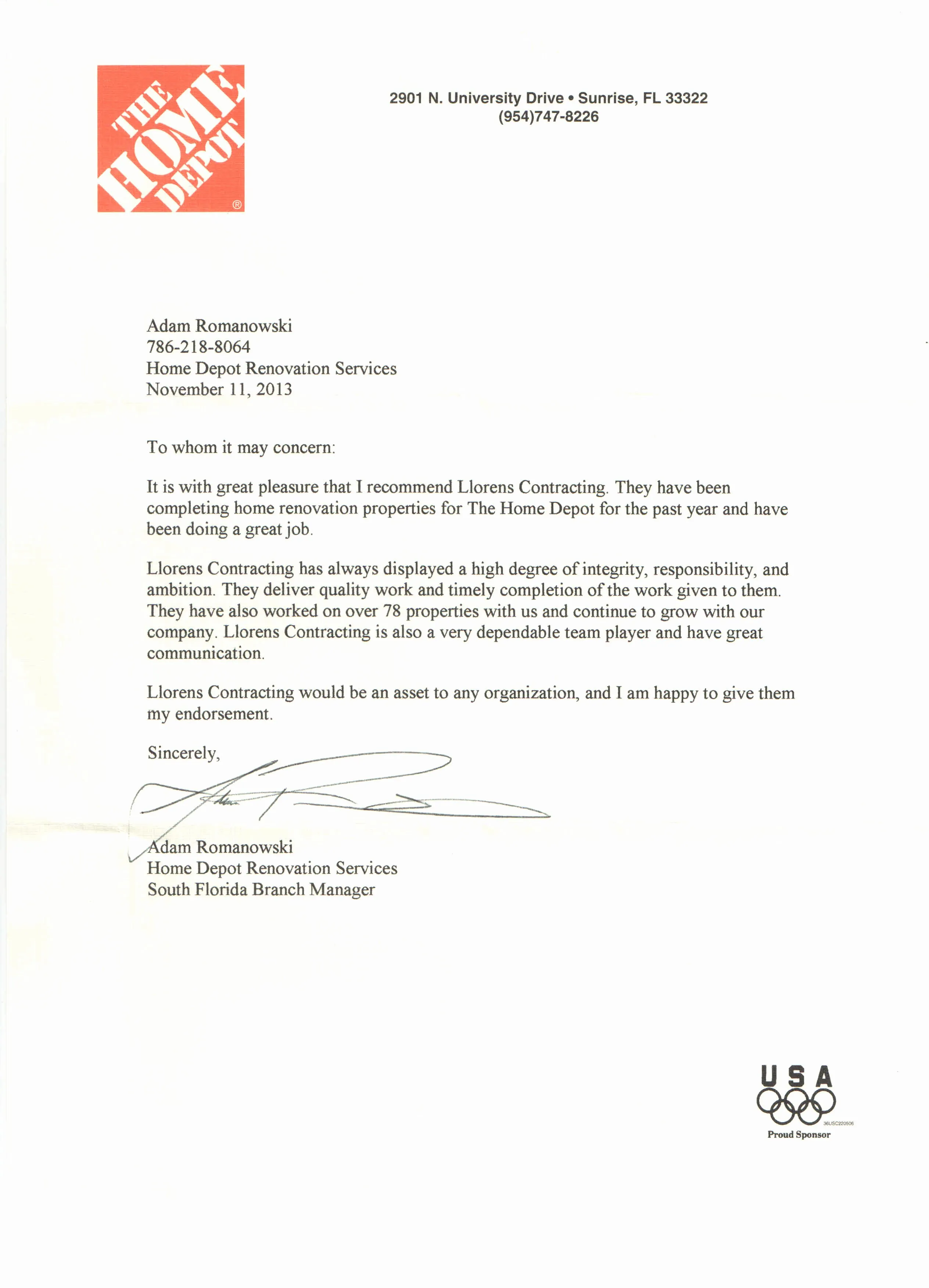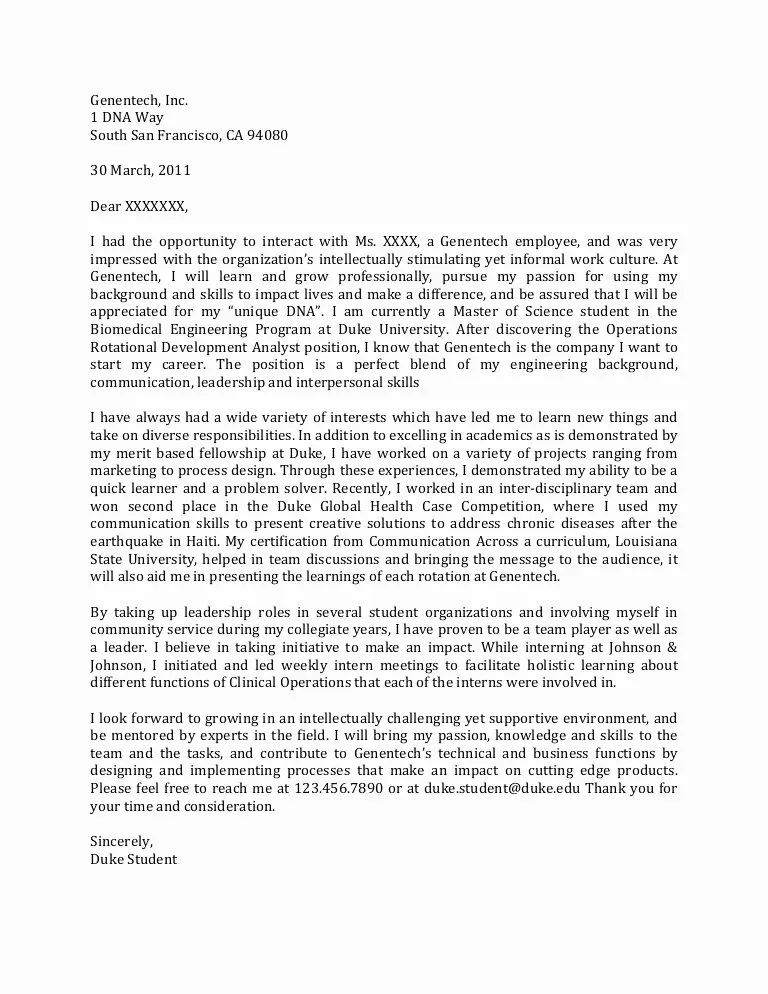Understanding the USF Cover Letter
A USF cover letter is more than just a formality it’s your first chance to make a great impression on potential employers. It serves as a personalized introduction to your resume, providing context and showcasing your unique qualifications for a specific position at the University of South Florida. Understanding its purpose is the first step in crafting a cover letter that stands out. Think of it as a tailored story highlighting how your skills and experiences align with USF’s needs and values. It provides you with a platform to express your enthusiasm, demonstrate your knowledge of the university, and ultimately, persuade the hiring manager to consider your application seriously. This is your opportunity to make a compelling case for why you are the perfect fit, and it’s crucial to approach it strategically.
Why a Strong USF Cover Letter Matters
In a competitive job market, a well-crafted USF cover letter can be the deciding factor in whether your application lands in the ‘yes’ pile or the ’no’ pile. It’s your chance to differentiate yourself from other applicants, all of whom may have similar qualifications on paper. A strong cover letter allows you to elaborate on your skills and experiences, providing specific examples that demonstrate your value. It shows that you’ve taken the time to research USF, understand the position, and tailor your application accordingly. Moreover, it highlights your personality and communication skills, giving the hiring manager a glimpse of who you are beyond your resume. Failing to submit a well-written cover letter, or submitting a generic one, can signal a lack of interest or attention to detail, potentially costing you the opportunity to be interviewed.
Key Components of a USF Cover Letter

A well-structured USF cover letter typically includes several key components that work together to present a compelling case. These elements include a professional header, a personalized salutation, a captivating opening paragraph, detailed body paragraphs that showcase relevant skills and experiences, and a strong closing paragraph with a clear call to action. Each component serves a specific purpose, contributing to the overall impact of your letter. The header ensures your contact information is readily accessible, while the salutation demonstrates you’ve addressed the letter to the correct person, which demonstrates respect for the hiring manager. The body paragraphs should provide concrete examples of your accomplishments and quantify your achievements whenever possible. The conclusion should reiterate your interest and explicitly state your desire for an interview.
Header and Contact Information
Your header is the first thing a hiring manager will see, so it’s essential to present it professionally. Include your full name, address, phone number, and email address at the top of the letter. Ensure your email address is professional and easy to read. You can also include the date and the hiring manager’s name and title, if known. Accuracy is key. Double-check all details to avoid any typos or errors that could detract from your credibility. The header should be formatted clearly and concisely, making it easy for the reader to find your contact information. Consider using a standard font like Times New Roman or Arial for a clean and professional look. The goal is to make it easy for the hiring manager to contact you.
The Salutation
The salutation sets the tone for your entire letter. Avoid generic greetings like ‘To Whom It May Concern.’ Instead, research the hiring manager’s name and use a personalized salutation, such as ‘Dear Mr. or Ms. [Last Name].’ If you can’t find a specific name, you might use a title like ‘Dear Hiring Committee’ or ‘Dear [Department Name] Hiring Team.’ Personalization demonstrates that you’ve taken the time to learn about the organization and show respect to the hiring manager. Make sure you spell the name of the hiring manager correctly and that you use the correct title. This small detail can significantly impact your chances of making a positive first impression. If you are unsure of the gender identity or preferred pronouns, use their full name.
Opening Paragraph Make a Great First Impression

The opening paragraph is your opportunity to capture the reader’s attention. Start with a strong statement that grabs their interest and immediately explains why you’re writing. State the position you’re applying for and where you found the job posting. Then, briefly highlight your most relevant qualifications and express your enthusiasm for the opportunity. Avoid generic openings; instead, aim for a concise and compelling introduction. For example, you could mention a specific skill or achievement that aligns with the job description. The goal is to make the reader want to continue reading and learn more about you. This initial paragraph sets the stage for the rest of your letter, so make sure it reflects your best qualities.
Highlighting Relevant Skills and Experiences
The body of your USF cover letter should provide specific examples that demonstrate your skills and experiences. Don’t just list your qualifications; show how they align with the job requirements. Review the job description carefully and identify the key skills and experiences the employer is seeking. Then, provide concrete examples of how you have used those skills in previous roles. Use the STAR method (Situation, Task, Action, Result) to structure your examples, describing the situation, the task you undertook, the actions you took, and the positive results you achieved. Quantify your achievements whenever possible, using numbers and data to illustrate your impact. For instance, instead of saying you ‘improved customer service,’ say you ‘increased customer satisfaction scores by 15%.’
Tailoring Your Letter to the USF Position
Generic cover letters are easily identifiable, and they often end up in the rejection pile. To stand out, you must tailor your letter to each specific USF position. Thoroughly review the job description and identify the key requirements. Highlight the skills and experiences that directly address those requirements. Demonstrate your understanding of USF’s mission, values, and strategic goals. If possible, research the department or team you’re applying to and mention any specific projects or initiatives that interest you. Show that you’ve taken the time to learn about the position and the university and that you’re genuinely interested in contributing to its success. Tailoring demonstrates your commitment and increases your chances of being selected for an interview.
Showcasing Your Achievements with Numbers

One of the most effective ways to impress a hiring manager is to quantify your achievements. Use numbers and data to illustrate your impact and demonstrate the value you can bring to the role. Instead of vague statements like ‘managed projects successfully,’ provide specific examples such as ‘managed a team of 10, delivering projects on time and under budget 95% of the time.’ Quantifying your accomplishments provides concrete evidence of your capabilities and makes your claims more credible. Include metrics like percentages, dollar amounts, and timeframes. This data-driven approach shows that you understand the importance of results and that you’re capable of delivering them. Numbers speak louder than words.
Demonstrating Your USF Knowledge
Show the hiring manager that you’ve done your homework by demonstrating your knowledge of USF. Research the university’s mission, values, and strategic goals. Familiarize yourself with the department you’re applying to and any relevant initiatives or projects. If possible, mention specific aspects of USF that resonate with you, such as its commitment to research, its diverse community, or its location. This shows that you’re genuinely interested in USF and that you’re not just applying for any job. Referencing specific faculty members, programs, or initiatives can demonstrate your understanding of the university and increase your chances of making a favorable impression. This level of engagement shows the hiring manager that you’re a forward-thinking candidate.
Expressing Your Enthusiasm for USF
Your enthusiasm for the role and for USF should be evident throughout your cover letter. Express your genuine interest in the position and the opportunity to contribute to the university’s success. Explain why you’re excited about the specific role and how it aligns with your career goals. Highlight any experiences or skills that make you a particularly good fit for USF’s culture and values. Avoid generic statements; instead, be specific about what excites you about the opportunity. Let your personality shine through and show the hiring manager that you’re passionate about the work and eager to join the USF community. This enthusiasm can set you apart and increase your chances of being selected.
The Closing Paragraph and Call to Action

Your closing paragraph should reiterate your interest in the position and express your confidence in your ability to contribute. Restate your key qualifications and summarize why you are a good fit for the role. End with a clear call to action. Indicate your availability for an interview and thank the hiring manager for their time and consideration. Be polite, professional, and concise. Reiterate your contact information, so it is easy to reach you. Proofread this section carefully to avoid any typos or grammatical errors. A strong closing paragraph leaves the reader with a positive impression and encourages them to take the next step.
Proofreading and Editing Your USF Cover Letter
Before submitting your USF cover letter, carefully proofread and edit it for any errors. Typos, grammatical mistakes, and formatting issues can undermine your credibility and make you appear unprofessional. Use a spell checker and grammar checker, but don’t rely on them entirely. Read your letter aloud to catch any awkward phrasing or sentences. Ask a friend, family member, or career advisor to review it as well. Fresh eyes can often spot errors you may have missed. Ensure your cover letter is well-organized, easy to read, and free of any errors. A polished cover letter demonstrates attention to detail and professionalism.
Reviewing and Refining for Perfection
Take time to review your final draft and ensure it’s the best representation of your abilities. Make sure your USF cover letter aligns with the job description and highlights the most relevant skills and experiences. Double-check all the details, including the hiring manager’s name, the job title, and your contact information. Refine your language, ensuring it’s clear, concise, and impactful. Consider the overall tone of your letter and make sure it reflects your personality and professionalism. Your USF cover letter is an essential tool in your job search. By following these steps, you can craft a cover letter that effectively showcases your qualifications and helps you land your dream job at the University of South Florida.
